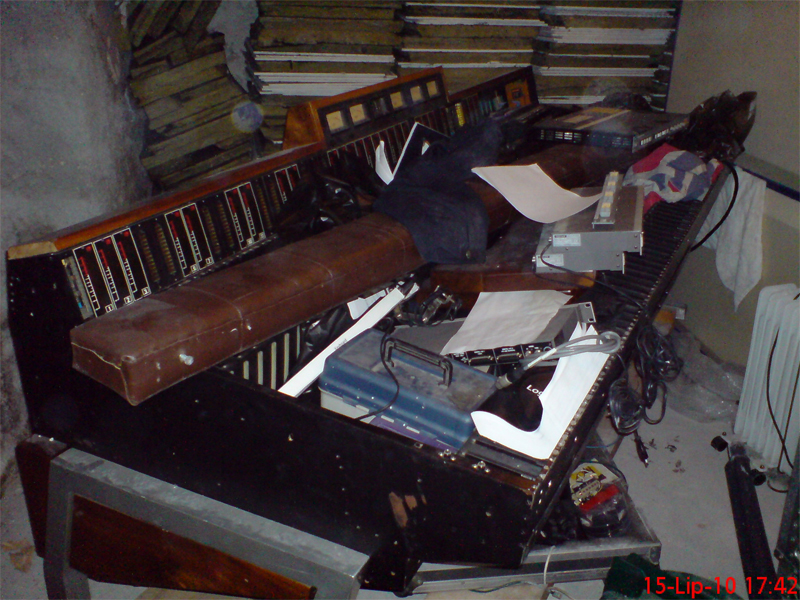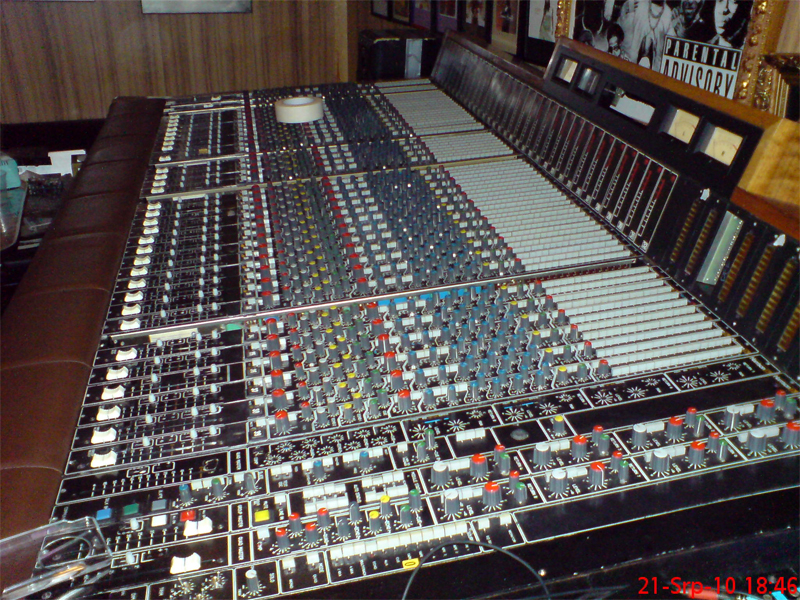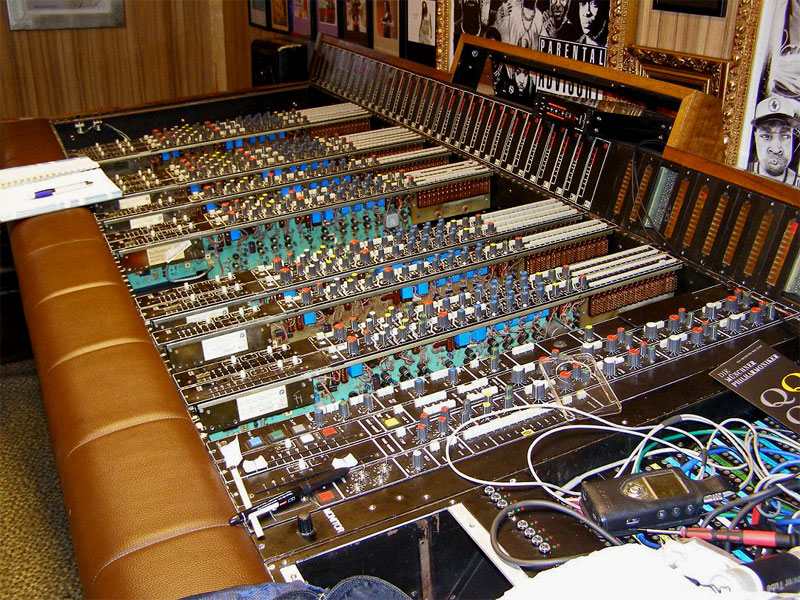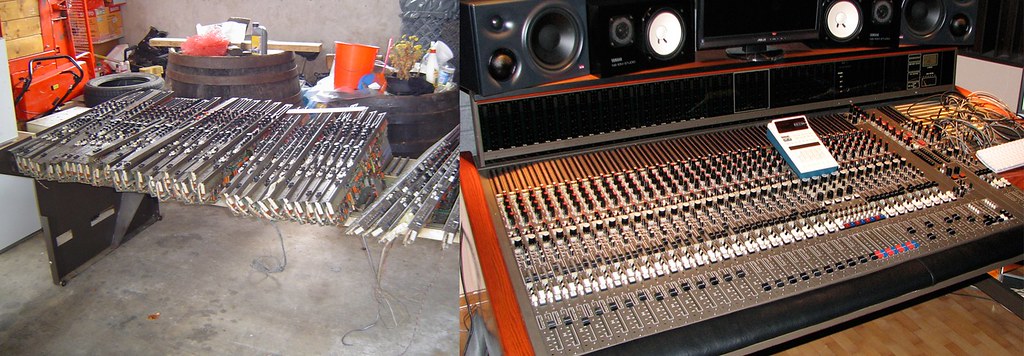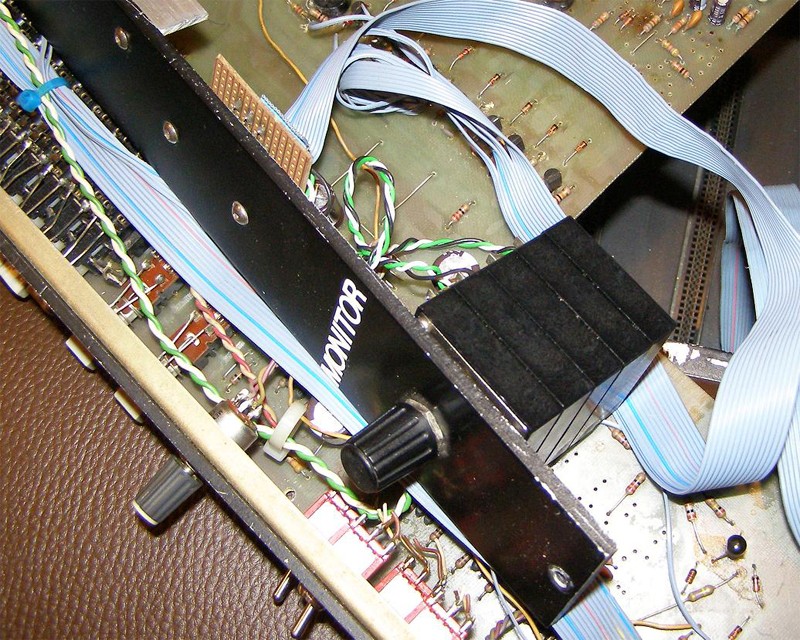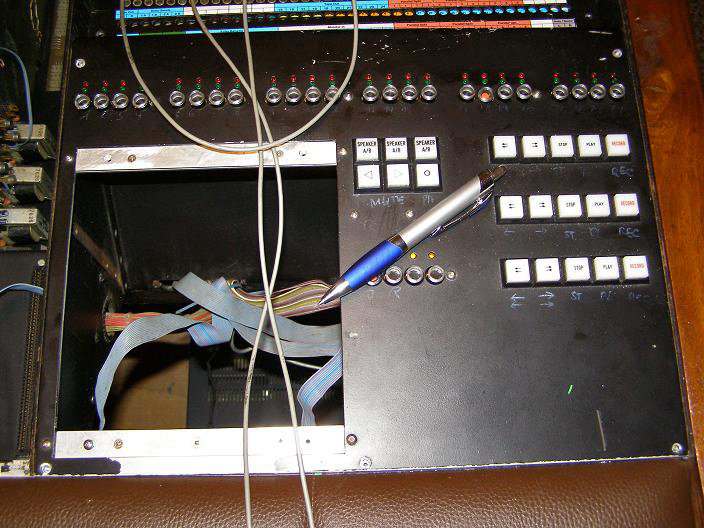moamps
Well-known member
Hi guys,
I’m in the middle of a Harrison 4032 Console restoration project that I’m doing for a friend of mine, who wants to use it in his studio once I’m (hopefully) done with it. The Console is in a very bad shape – almost nothing’s working as it should, it’s filthy and I can’t even tell if it’s the A or B type.
However, we are determined to save this piece of history from oblivion (and claim bragging rights ) and we need all the help we can get, which is why I’m starting this thread. I’m certainly not a newbie at repairing consoles but this is the first time I’ve ever laid my hands on a Harrison.
) and we need all the help we can get, which is why I’m starting this thread. I’m certainly not a newbie at repairing consoles but this is the first time I’ve ever laid my hands on a Harrison.
I’d like to start with a few questions that I can’t seem to figure out and I can’t find them in the papers. First, the input modules are loaded with 3500 opamps, some of which have green markings while others have yellow markings – as shown in the picture below. I’m wondering if anyone here happens to know what these markings mean (noise selection?). I notice that the “yellow” opamps are found only in the EQ section. Also, is there any consensus of opinion as to which opamps are better – HA 3500 (unobtanium) or HA911 (obtanium)?
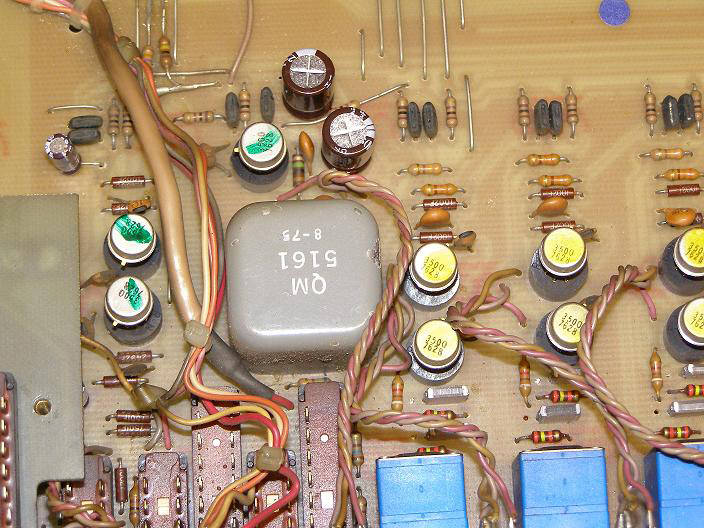
Second, the console’s power supply is labeled “Harrison 3232”. Obviously, it was originally made for consoles with 32 input modules but what I would like to find out is whether this same PS was also used with 40-channel Harrison consoles. BTW, the power supply can deliver 10A on the +/-24V rails, which seems just about enough for 40 channels. Each input module draws about 200mA or a total of 8A for all 40 channels, leaving me with 2A for other modules, which should suffice.
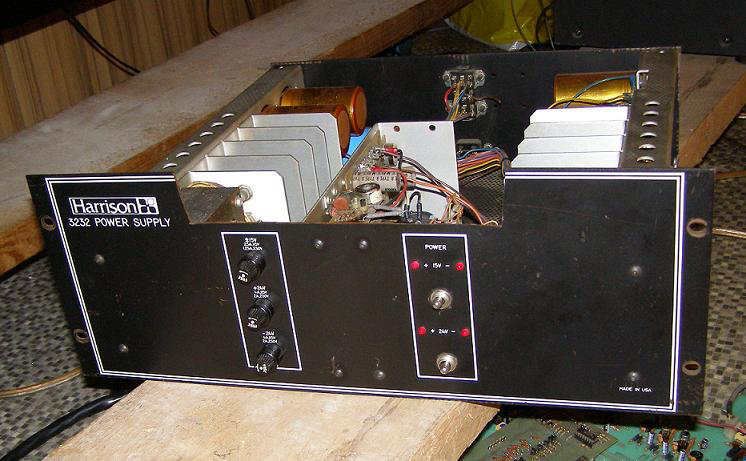
I’ve been in contact with our forum member Frank (screen-name “nrgrecording”), who’s been incredibly helpful, friendly and generous with information. Thank you so much, Frank! However, Frank’s power supply and input modules are not the same as mine and I’d really appreciate if other “Harrisonites” out there would care to chime in.
If there is any interest, later on I can publish any photos and documents gathered during the restoration process.
Regards,
Milan
I’m in the middle of a Harrison 4032 Console restoration project that I’m doing for a friend of mine, who wants to use it in his studio once I’m (hopefully) done with it. The Console is in a very bad shape – almost nothing’s working as it should, it’s filthy and I can’t even tell if it’s the A or B type.
However, we are determined to save this piece of history from oblivion (and claim bragging rights
I’d like to start with a few questions that I can’t seem to figure out and I can’t find them in the papers. First, the input modules are loaded with 3500 opamps, some of which have green markings while others have yellow markings – as shown in the picture below. I’m wondering if anyone here happens to know what these markings mean (noise selection?). I notice that the “yellow” opamps are found only in the EQ section. Also, is there any consensus of opinion as to which opamps are better – HA 3500 (unobtanium) or HA911 (obtanium)?

Second, the console’s power supply is labeled “Harrison 3232”. Obviously, it was originally made for consoles with 32 input modules but what I would like to find out is whether this same PS was also used with 40-channel Harrison consoles. BTW, the power supply can deliver 10A on the +/-24V rails, which seems just about enough for 40 channels. Each input module draws about 200mA or a total of 8A for all 40 channels, leaving me with 2A for other modules, which should suffice.

I’ve been in contact with our forum member Frank (screen-name “nrgrecording”), who’s been incredibly helpful, friendly and generous with information. Thank you so much, Frank! However, Frank’s power supply and input modules are not the same as mine and I’d really appreciate if other “Harrisonites” out there would care to chime in.
If there is any interest, later on I can publish any photos and documents gathered during the restoration process.
Regards,
Milan



